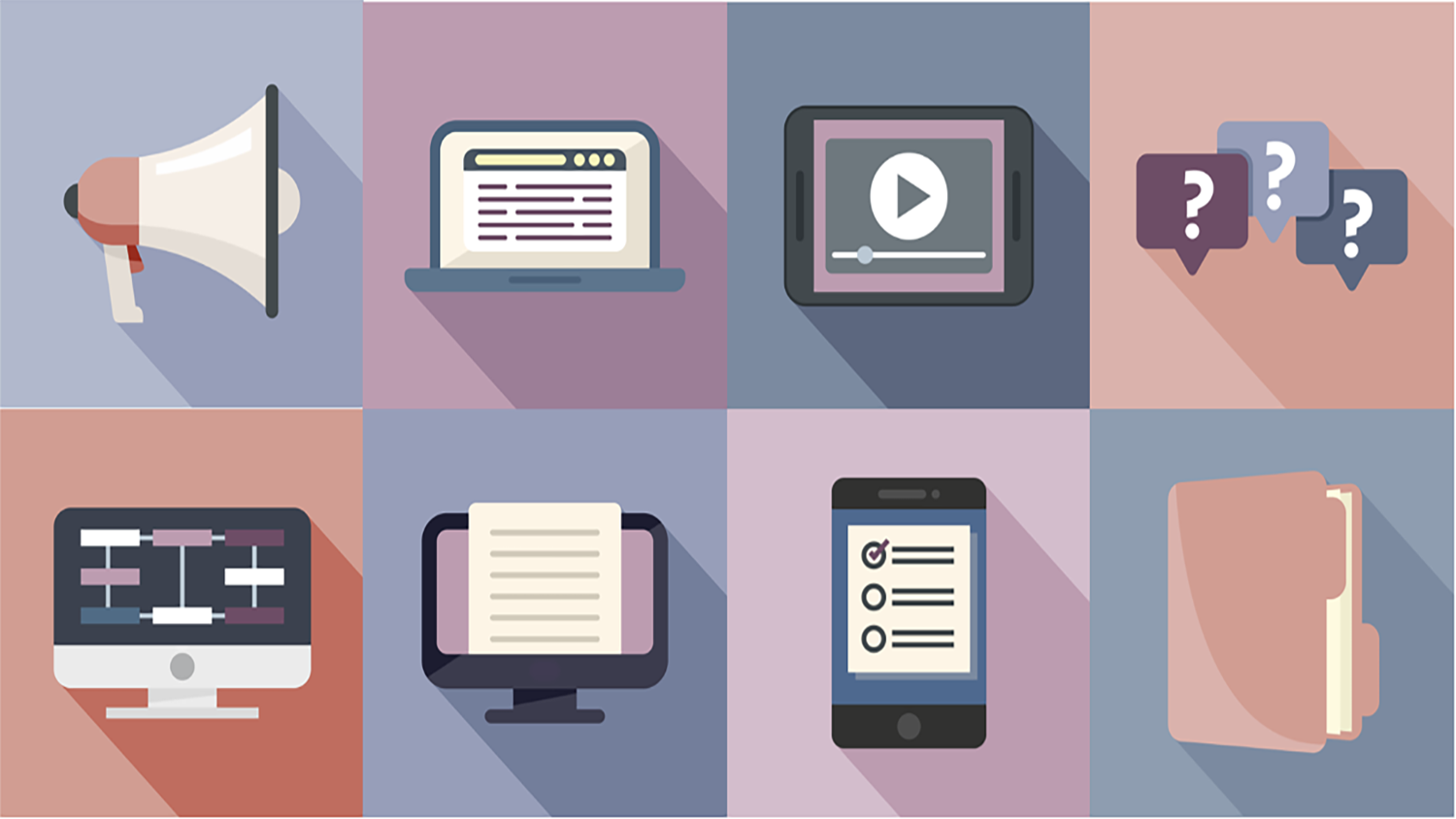Accessibility Tip: Literacy Support for Deaf Learners

Many deaf individuals consider American Sign Language (ASL) to be their first/primary language, and as such, they face many of the same challenges as any other English language learner. Captioning is a common solution for Deaf students, but is often at a higher reading level than the average Deaf student is comfortable reading. Vocabulary and reading level can often become barriers to Deaf students. To address this, try to incorporate some or all of the following:
- Provide ASL translation whenever possible/feasible
- Providing glossaries or vocabulary support
- Providing resources explaining any contextual/background information
- Providing multiple opportunities to practice and receive feedback
- Writing in plain language, especially for assignment directions and correspondence
- Incorporating graphic organizers for instruction, assignments, and/or note taking
For more about English literacy support:
NC State Differentiation Tools: A list of resources assembled by CED METRC that can be used for content differentiation
Accessibility in Online Courses: An article about accessibility for the Deaf and the role English literacy plays in online learning


